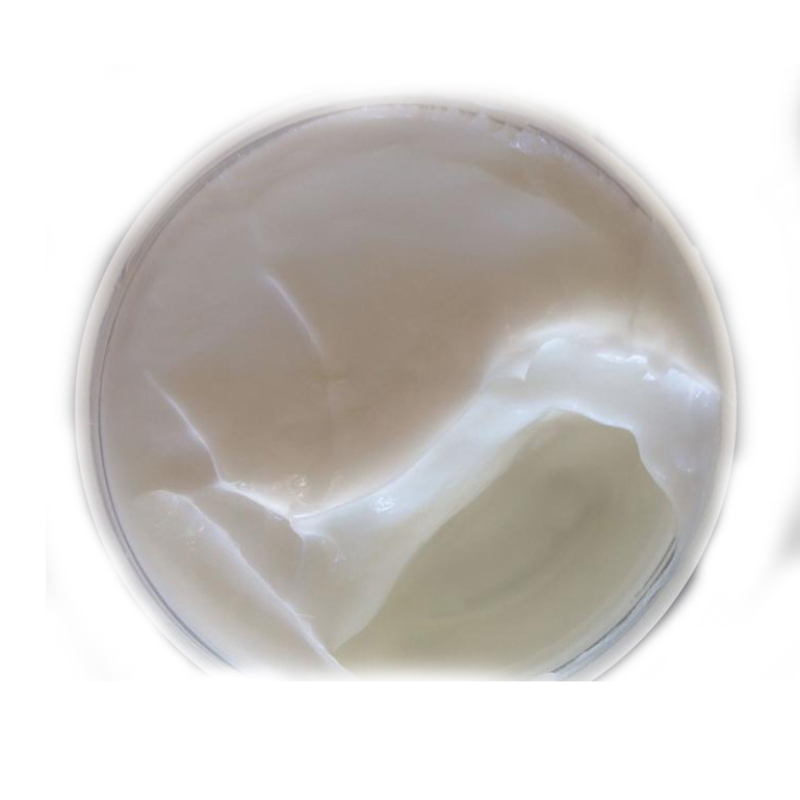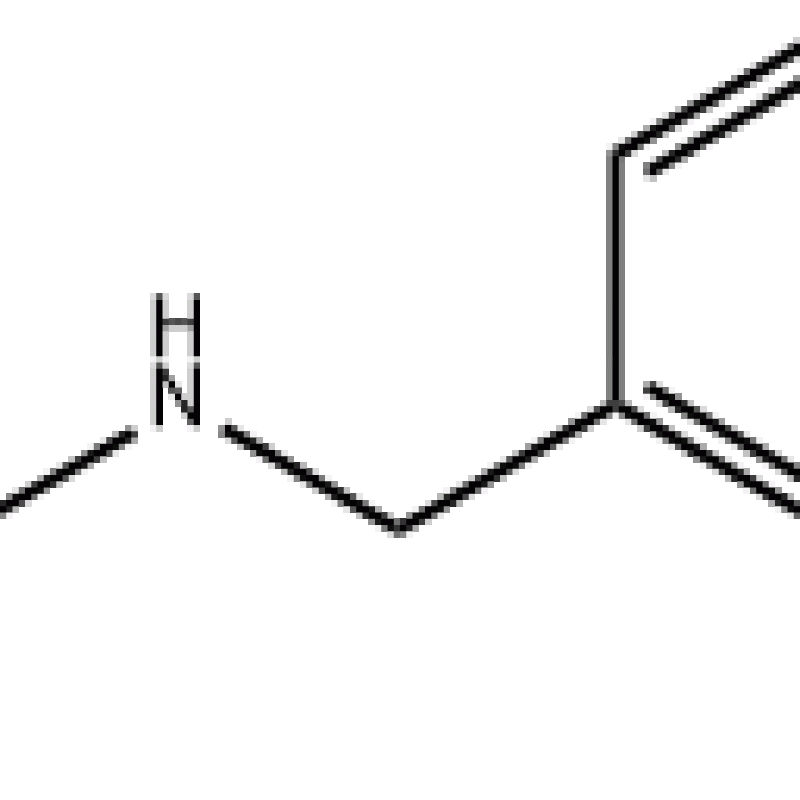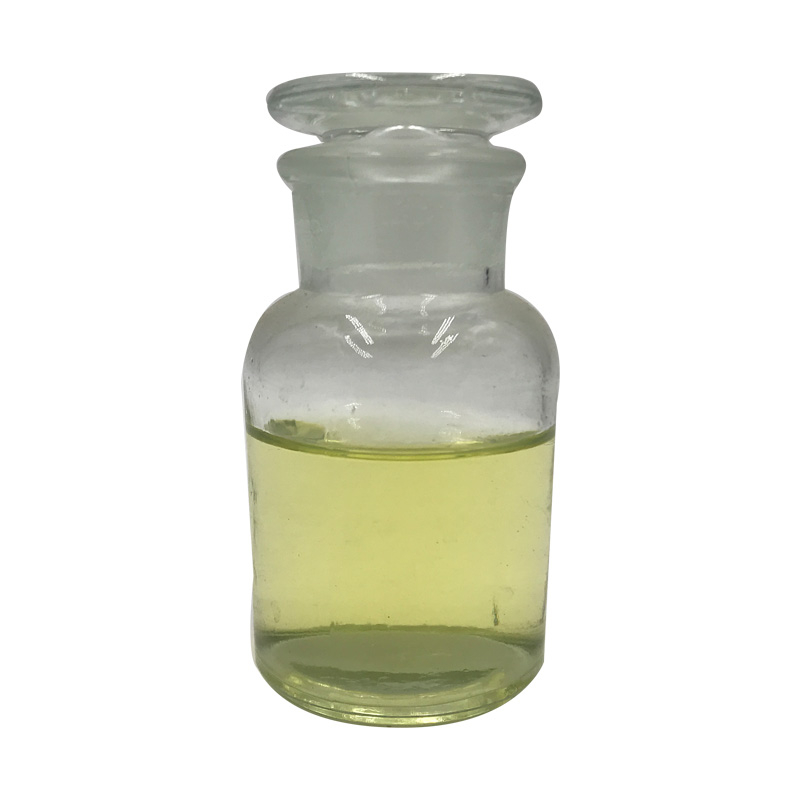Products Description of N-Methyl-2-pyrrolidone CAS#2687-44-7N-methyl-2-pyrrolidone is a nitrogen-containing five-membered heterocyclic compound. It has a wide range of applications due to its following excellent properties: It has high polarity and is completely miscible in most organic solvents (alcohols, ethers, ketones, aromatic hydrocarbons, chlorinated hydrocarbons, etc.). It has high solubility in organic and inorganic substances. It can be miscible with water in any proportion. It has a higher flash point than other similar solvents.
Contact Now
Methyl triphenyl phosphonium chloride Chemical PropertiesMelting point 221°C (dec.)Boiling point 332.65℃ at 101.3kPadensity 1.22 at 23℃vapor pressure 0.001Pa at 40℃storage temp. Inert atmosphere,Room Temperaturesolubility Soluble in methanol.form Solid:crystallinecolor White to Almost whiteSensitive HygroscopicLogP-1.73 at 20℃ and pH6.3-6.46Surface tension71.4mN/m at 1g/L and 20℃CAS DataBase Reference1031-15-8(CAS DataBase Reference)Safety InformationHazard Codes Xn;N,N,XnRisk Statements 21/22-38-41-51/53Safety Statements 22-26-36/37/
Contact Now
Products Description of Meglumine CAS#6284-40-8MeglumineChoosing a suitable counter ion for a drug is particularly important for improving the solubility and bioavailability of the drug. Meglumine (N-methyl-D-glucosamine, MChemicalbookeglumine) is a counter ion widely used to improve the solubility of drugs.
Contact Now
Products Description of N-Cyclohexyl-2-pyrrolidone CAS#6837-24-7N-Cyclohexyl-2-pyrrolidone or CHP is a yellow to colorless liquid. It has a low vapor pressure, and is nearly odorless. It has a low solubility in water, but is soluble in a variety of organic solvents.CHP is used in the electronics industry as a photoresist stripper (usually in combination with other solvents like N-methyl-2-pyrrolidone), and as a chemical polisher of copper in circuit board fabrication.
Contact Now
Products Description of N-Methyl-2-pyrrolidone CAS#872-50-4N-Methylpyrrolidone is referred to as NMP, molecular formula: C5H9NO, English: 1-Methyl-2-pyrrolidinone, appearance is colorless to light yellow transparent liquid, slightly smell of ammonia, miscible with water in any proportion, soluble in ether, acetone And various organic solvents such as esters, halogenated hydrocarbons, aromatic hydrocarbons, etc., almost completely mixed with all solvents, with a boiling point of 204°C and a flash point of 91°C. It has strong hygroscopicity and stable chemical properties.
Contact Now
Products Description of SODIUM METHYL COCOYL TAURATE CAS#12765-39-8Sodium Methyl Cocoyl Taurate (SMCT), also known as sodium methyl coconut taurate and sodium methyl coconut taurate, has a chemical structure of RCON (CH3) CH2CH2SO3Na. It is an amino acid surfactant, a milky white viscous paste at room temperature, a 1% aqueous solution with a pH of 6.5-9.0, active matter >38%, coconut oil soap <2%, and color (APHA) ≤300. It is a milder surfactant than SLS, less irritating to the skin, and has good cleaning power.
Contact Now
Products Description of Potassium methyl siliconate CAS#31795-24-1potassium methylsilanetriolate Chemical PropertiesBoiling point 112℃[at 101 325 Pa]density 1.388[at 20℃]Specific Gravity1.29Hydrolytic Sensitivity0: forms stable aqueous solutionsLogP0.780 (est)EPA Substance Registry SystemSilanetriol, methyl-, potassium salt (31795-24-1)Product Application of Potassium methyl siliconate CAS#31795-24-1Methylsilanetriol potassium salt is mainly used as surface treatment agent and catalyst.
Contact Now
Products Description of Poly(methyl methacrylate)CAS#9011-14-7Polymethyl Methacrylate (PMMA) is a high molecular polymer, also known as acrylic or organic glass. It has the advantages of high transparency, low price, and easy machining. It is a commonly used glass substitute material.On October 27, 2017, the World Health Organization's International Agency for Research on Cancer published a preliminary list of carcinogens for reference.
Contact Now
potassium methylsilanetriolate Chemical PropertiesBoiling point 112℃[at 101 325 Pa]density 1.388[at 20℃]Specific Gravity1.29Hydrolytic Sensitivity0: forms stable aqueous solutionsLogP0.780 (est)EPA Substance Registry SystemSilanetriol, methyl-, potassium salt (31795-24-1)Product Application of Potassium methyl siliconate CAS#31795-24-1Methylsilanetriol potassium salt is mainly used as a surface treatment agent and catalyst. It can be used to improve the wettability, water resistance and wear resistance of materials.
Contact Now
Products Description of METHYL LAURATE CAS#111-82-0Obtained by esterification of lauric acid and methanol. Heat the mixture of lauric acid, anhydrous methanol and concentrated sulfuric acid to reflux for 18 hours, pour the reaction into water, and separate the ester layer. Wash with water, saturated sodium bicarbonate solution and water in turn.
Contact Now
Products Description of 4-Methyl-2-pentanone CAS#108-10-14-Methyl-2-pentanone (methyl isobutyl ketone) reagent is widely used as a solvent in chemical and pharmaceutical industries, separation and recovery of nuclear fission products, and scientific research experiments. The content of 4-methyl-2-pentanone sold on the market is ≤99%, and it contains a small amount of impurities such as alcohol, acidic substances and water. 4-Methyl-2-pentanone is used as a solvent for nitrocellulose, lacquer, and certain polymers and resins.
Contact Now
Products Description of N,N-Dimethylaniline CAS#121-69-7N,N-Dimethylaniline (CAS#121-69-7) is an organic compound that presents as a yellow, oily liquid with an amine-like odor. It is characterized by its density of approximately 0.96 g/cm³, a boiling point of 193.5±0.0 °C at 760 mmHg, and a melting point in the range of 1.5-2.5 °C (literature value) .
Contact Now
4,4'-Methylenebis(N,N-diglycidylaniline) Chemical PropertiesBoiling point 619.3±35.0 °C(Predicted)density 1.15 g/mL at 25 °C(lit.)vapor pressure 0Pa at 24.85℃refractive index n20/D 1.601(lit.)Fp >230 °Fform clear liquidpka4.58±0.50(Predicted)color Light yellow to BrownWater Solubility 9.2mg/L at 20℃LogP2.12 at 22℃EPA Substance Registry SystemOxiranemethanamine, N,N'-(methylenedi-4,1-phenylene)bis[N-(oxiranylmethyl)- (28768-32-3)Safety InformationHazard Codes Xi,NRisk Statements 43-51/53Safety Statements
Contact Now
Products Description of N,N'-Ethylenebis(stearamide) CAS#110-30-5N,N'-(ethane-1,2-diyl)distearamide is a colorless to light yellow waxy solid. It has good thermal stability and low volatility.
Contact Now
Products Description of N-Methylhomopiperazine CAS#4318-37-0It is a chemical substance with the molecular formula C6H14N2.N-Methylhomopiperazine Chemical PropertiesBoiling point 74-75 °C/35 mmHg (lit.)density 0.918 g/mL at 25 °C (lit.)refractive index n20/D 1.477(lit.)Fp 113 °Fstorage temp. -20°Cpka10.82±0.20(Predicted)InChIInChI=1S/C6H14N2/c1-8-5-2-3-7-4-6-8/h7H,2-6H2,1H3InChIKeyFXHRAKUEZPSMLJ-UHFFFAOYSA-NSMILESN1(C)CCCNCC1CAS DataBase Reference4318-37-0(CAS DataBase Reference)NIST Chemistry ReferenceN-methyl homopiperazine(4318-37-0)Safety InformationH
Contact Now
Products Description of N-Isopropylbenzylamine CAS#102-97-6N-Benzylisopropylamine can be used as an intermediate in the synthesis of compounds and as a precursor in the production of certain drugs. Due to its similarity in appearance and physical properties to methamphetamine, it has been included in the DEA's consideration in recent years. N-Benzylisopropylamine forms an amine adduct with magnesium in toluene at room temperature. Using N-Benzylisopropylamine as a ligand, bis(cyclopentadienyl)magnesium was prepared and characterized.
Contact Now
Products Description of N,N'-Carbonyldiimidazole CAS#530-62-1N,N′-Carbonyldiimidazole (CDI for short) is a derivative of imidazole. Its imidazole structure has a closed large P bond, and one of the nitrogen atoms has a lone pair of electrons in the unbonded sp2 orbital. These determine that CDI has strong chemical reactivity and can react with functional groups such as ammonia, alcohol, and acid to synthesize many compounds that are difficult to obtain by general chemical methods.
Contact Now
Products Description of Methyl tetrahydropyran-4-carboxylate CAS#110238-91-0Tetrahydropyran-4-carboxylic acid methyl ester is a clear liquidMethyl tetrahydropyran-4-carboxylate Chemical PropertiesMelting point -33°CBoiling point 197°Cdensity 1.080 g/mL at 20 °C(lit.)Fp 86°Cstorage temp. Sealed in dry,Room Temperatureform liquidcolor ClearBRN 114974InChIKeyCNCMVGXVKBJYNU-UHFFFAOYSA-NCAS DataBase Reference110238-91-0(CAS DataBase Reference)Safety InformationHazard Codes XiRisk Statements 36-36/37/38Safety Statements 26-37
Contact Now
Products Description of 1-N',6-N'-dibenzoylhexanedihydrazide CAS#35658-33-4Colorless liquid1-N',6-N'-dibenzoylhexanedihydrazide Chemical PropertiesBoiling point 737.4±56.0 °C(Predicted)density 1.237±0.06 g/cm3(Predicted)pka10.67±0.23(Predicted)Factory and Equipment ShowFast delivery timeInventory 2-3 working days New production 7-10 working days
Contact Now
5-Methyl-1H-benzotriazole CAS#136-85-6The pure product is usually white to off-white granules or powder, but the actual product may vary slightly due to factors such as purity.Melting point: 80-86℃.Solubility: Hardly soluble in water, soluble in organic solvents such as alcohol, benzene, toluene, chloroform, and also soluble in dilute alkali solution.
Contact Now
Products Description of N,N-Diethyl-m-toluamide CAS#134-62-3DEET (diethylmethylbenzamide), also known as DEET, is a broad-spectrum insect repellent that repels a variety of biting insects in various environments, including stinging flies, midges, black flies, chiggers, deer flies, fleas, gnats, horse flies, mosquitoes, sand flies, small flies, stable flies and ticks. DEET was developed and patented by the U.S. Department of Agriculture during World War II. The product was designated as a mosquito repellent for use by the U.S. military in 1946.
Contact Now
Methyl Acetate CAS#79-20-9Methyl acetate, additionally viewed as MeOAc , acetic acid methyl ester or methyl ethanoate, is a carboxylate ester with the formula CH3COOCH3. It is a flammable liquid with a generally high-quality smell reminiscent of some glues and nail polish removers.
Contact Now
Products Description of N,N'-Dimethylpiperazine CAS#106-58-1N,N'-dimethylpiperazine is a flammable liquid that is more flammable when exposed to open flames, high temperatures, and oxidants; combustion produces toxic nitrogen oxide fumesN,N'-Dimethylpiperazine Chemical PropertiesMelting point -1 °CBoiling point 131-132 °C750 mm Hg(lit.)density 0.844 g/mL at 25 °C(lit.)vapor pressure 20 hPa (20 °C)refractive index n20/D 1.4463(lit.)Fp 65 °Fstorage temp. Store below +30°C.solubility miscibleform Liqu
Contact Now
Methyl Methacrylate CAS#80-62-6Methyl methacrylate is an natural compound with the system CH2=C(CH3)COOCH3. This colourless liquid, the methyl ester of methacrylic acid (MAA) is a monomer produced on a giant scale for the manufacturing of poly(methyl methacrylate) (PMMA).Methyl methacrylate is a methyl ester of methacrylic acid. It is a colourless, risky liquid with an acrid fruity odour.
Contact Now
































